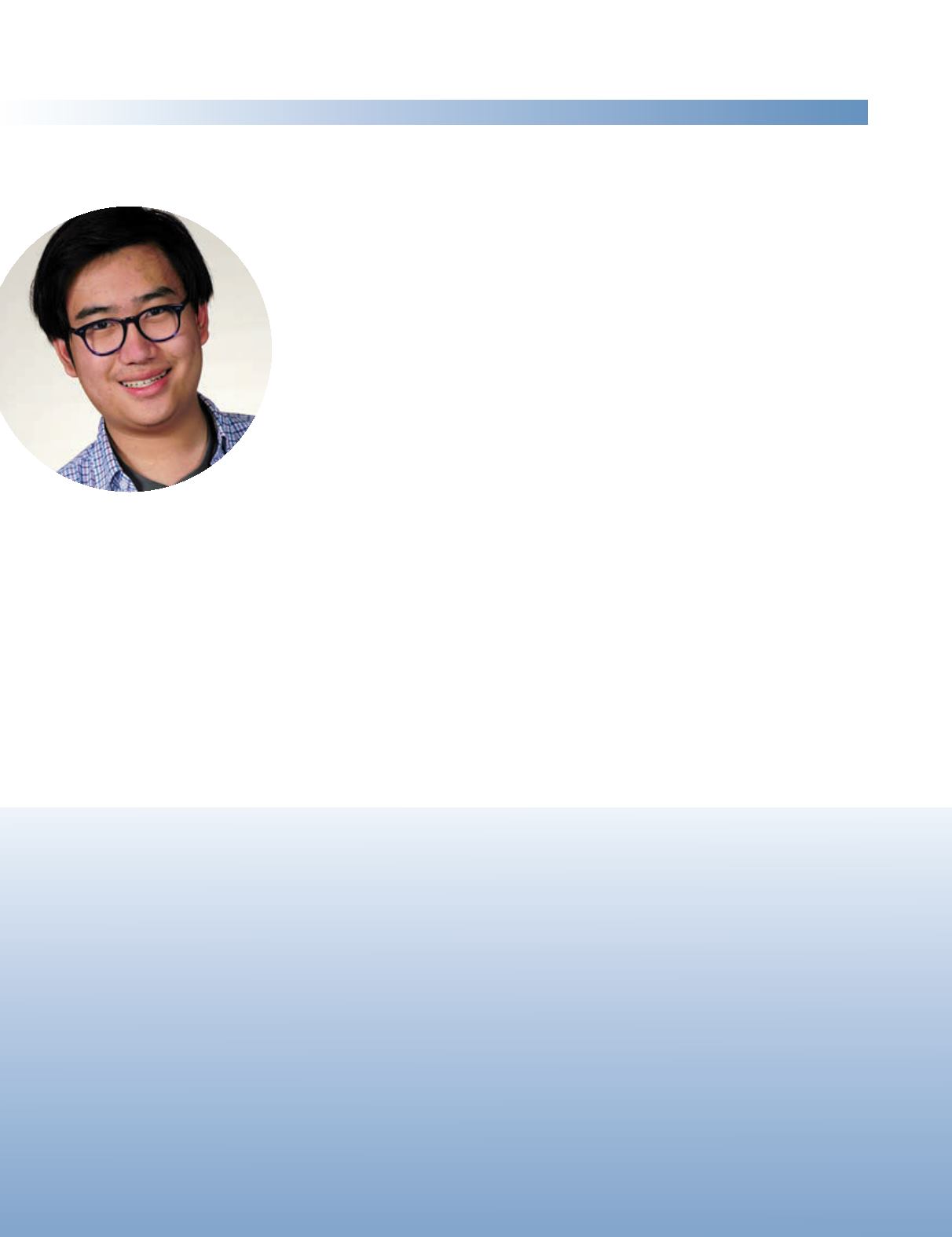
6
I have been a student at St. Paul’s since my
Third Form year. Throughout this time, the
School has been through its share of ups
and downs. I can say with certainty, how-
ever, that the trial and subsequent
media frenzy have been among the
toughest experiences the student
community has had to endure. For
many in the student body, I believe
the hardest part has been watching
a place we deeply care about being
publicly labeled as an uncaring, morally
depraved environment, when we have been
taught throughout our time here to be thought-
ful of others and honest with ourselves. What the
press portrayed was a vision of St. Paul’s that was often
foreign to us.
At the same time, I certainly do not think St. Paul’s is a
perfect community, nor do I think it is as open or consider-
ate a place as it can be. I believe this is a sentiment echoed
by a majority of the student body; we love our school,
but we do not let that get in the way of acknowledging
what is wrong with it. Regardless of the proceedings of
the trial itself, the School – and especially the students
– has seen the incident as an opportunity for the com-
munity to engage in some much-needed reflection.
For instance, an inter-form group of students recently
collaborated on an anti-violence pledge that directly
addressed the need for SPS to stand in solidarity against
discrimination and student hierarchy. During my first
three years at St. Paul’s, I felt at times that the issues the
pledge concerned – gender inequality, racial discrimination,
campus prejudice, the importance of bystanders – were
not discussed enough among the student body. It was
affirming to witness fellow students with the courage to
openly share the pledge in Chapel, and it was further
encouraging to see hundreds of community members
sign the pledge over the next few days. In fact, the pledge
is just one of the many student-led initiatives that are
re-examining the campus culture this year. Prefects,
as well as leaders of the Living in Community (LINC)
program, have taken a much greater role in beginning
discussions about student relationships, gender roles,
and teenage sexuality.
Of course, the process has been far from an easy or
pleasant one, and the past two years have been an often-
confusing period of transition for SPS. Our traditions,
values, and culture have been publicly called into question,
and we have been forced to confront some difficult truths
and changes. At the same time, even amid the tumult
and chaos, we have tried our best as a student body to
preserve the sense of camaraderie and tight-knit com-
munity that define St. Paul’s.
I believe the trial ultimately asked the St. Paul’s School
student body to confront honestly its own problems and
collectively search for solutions. In my view, the past two
months have been ample evidence that we are more than
up to the challenge.
COLLECTIVELY SEARCHING FOR SOLUTIONS
Joon Lee ’16
Programs Defined
Living in Community (LINC)
is the comprehensive social,
emotional, and residential life curriculum of St. Paul’s School.
LINC supports the School’s strategic objective to “educate
toward a greater good.” LINC is built on the core values and
expectations of St. Paul’s, as articulated in the School Prayer
and Honor Code – to be kind and live honorably. LINC aspires
to actively shape, foster, and sustain a school culture that is
inclusive, healthy, and fun.
Building Healthy Community
builds on the School’s pre-
existing structures and programs, including the Chaplaincy,
LINC curriculum, Sixth Form leadership training, the SPS
advising system, and the Clark House counseling team. St.
Paul’s enhanced its curricular initiatives in 2014-15 to support
the community and augment traditional means of delivering
relationship-building curricula.
Bystander Intervention and Social Norms
In September, a team of prevention specialists, including Helen
Stubbs ’87, M.S., Alan Berkowitz Ph.D., and Linda Langford, Sc.D.,
presented a series of bystander intervention and social norms
workshops for heads of house and student leaders that offered
practical, safe, and respectful strategies for intervening when
health or social justice are at issue.
• The team will return throughout the year to work with commu-
nity members on developing bystander-intervention programs
tailored to the School’s specific needs.
• The workshops involved role-playing and discussions of why
people may fail to act or speak out when they witness others
engaging in harmful behaviors.
• In late October, team members spoke about what they learned
and the potential impact on the SPS community.
• Student leaders and faculty are optimistic, though they acknow-
ledge that social learning and cultural change happen slowly.
Student Life Cornerstones


